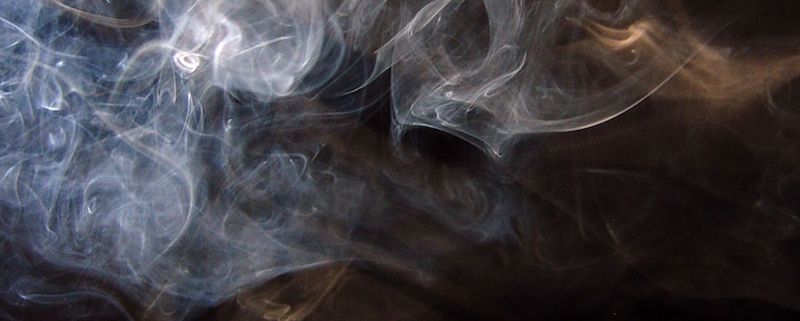Typical Obstacles in Fire Damage Restoration and Their Solutions
Experiencing a fire in your home or property can be devastating. Beyond the initial damage caused by the flames, the aftermath of a fire often presents numerous challenges during the cleanup and restoration process. From dealing with smoke odor to salvaging belongings, fire damage cleanup requires meticulous attention and strategic planning. In this guide, we’ll explore the common challenges faced during fire damage cleanup and effective strategies to overcome them.
Smoke and Soot Removal
- Utilize professional-grade cleaners specifically designed for smoke and soot removal.
- Employ dry cleaning methods for fabrics and upholstery.
- Use HEPA-filtered vacuums to capture fine particles and soot residue from carpets and upholstery.
- Consider thermal fogging or ozone treatment to neutralize lingering smoke odor.
Water Damage
- Begin water extraction and drying processes immediately after the fire is extinguished.
- Use industrial-grade dehumidifiers and air movers to dry affected areas thoroughly.
- Inspect for hidden pockets of moisture within walls, ceilings, and flooring.
- Apply antimicrobial treatments to prevent mold growth in damp areas.
Structural Damage
- Conduct a thorough assessment of the property’s structural stability before initiating cleanup efforts.
- Reinforce weakened structures with temporary supports if necessary.
- Work with licensed contractors and structural engineers to develop a comprehensive restoration plan.
- Adhere to local building codes and regulations during the reconstruction process.
Salvaging Belongings
- Prioritize safety when attempting to salvage items from fire-damaged areas.
- Separate salvageable items from those beyond repair to streamline the cleaning and restoration process.
- Consult with professional conservators for the restoration of heirlooms, artwork, and sentimental items.
- Document the condition of salvaged belongings for insurance claims and restoration purposes.
Smoke Odor Elimination
- Thoroughly ventilate the property by opening windows and using fans to promote airflow.
- Clean HVAC systems and ductwork to remove smoke particles and odors.
- Apply odor-neutralizing agents or encapsulants to affected surfaces.
- Consider utilizing activated charcoal filters or air purifiers to remove airborne contaminants.
6. Health and Safety Concerns
- Prioritize personal protective equipment (PPE) such as respirators, gloves, and eye protection during cleanup activities.
- Implement proper ventilation and air filtration systems to minimize exposure to airborne contaminants.
- Securely dispose of hazardous materials such as asbestos-containing materials and chemical residues.
- Conduct thorough safety briefings and training sessions for cleanup crews and volunteers.
7. Emotional Distress
- Seek support from friends, family members, and mental health professionals to cope with emotional distress.
- Focus on positive coping mechanisms such as engaging in hobbies, practicing mindfulness, and seeking professional counseling.
- Attend support groups or community gatherings to connect with others who have experienced similar challenges.
- Practice self-care and allow yourself time to grieve and process emotions at your own pace.
8. Insurance Claims and Documentation
- Contact your insurance provider as soon as possible to initiate the claims process.
- Document the extent of fire damage through photographs, videos, and written descriptions.
- Keep detailed records of cleanup expenses, including invoices, receipts, and contractor estimates.
- Review your insurance policy to understand coverage limits, deductibles, and exclusions.
Fire damage cleanup presents numerous challenges that require careful planning, specialized expertise, and effective coordination. By addressing smoke and soot removal, water damage mitigation, structural repairs, and salvaging belongings, property owners can expedite the restoration process and minimize long-term damage. Prioritizing health and safety, emotional well-being, and thorough documentation are essential aspects of navigating the aftermath of a fire effectively. With the right strategies and support systems in place, property owners can overcome the challenges of fire damage cleanup and begin the journey toward recovery and renewal.
In conclusion, fire damage cleanup is a complex and challenging process that requires careful planning, specialized expertise, and effective coordination. By addressing these common challenges and implementing proactive strategies, property owners can expedite the restoration process and minimize long-term damage. With the right resources and support systems in place, communities can rebuild and recover from the devastation of fire damage.

